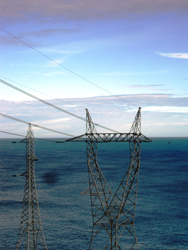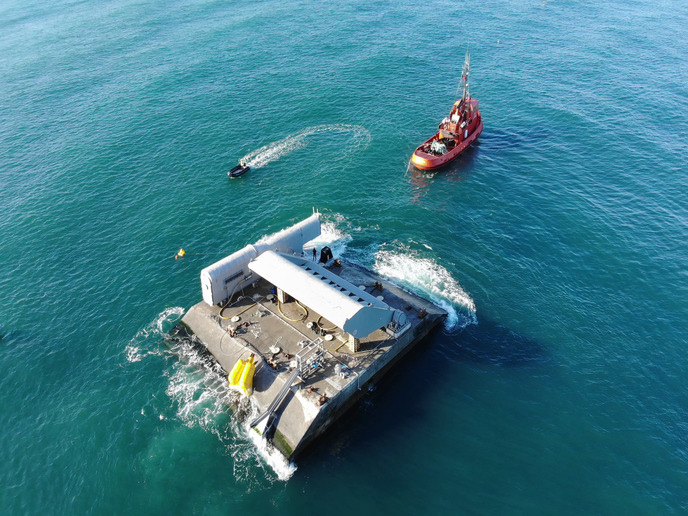Connecting wave power to the electricity grid
The 'Grid connection of wave energy converters: Investigation on storage requirements and solutions' (SEA2GRID) project used sea wave power to produce electricity. Sea waves are a very intermittent source of power. Therefore, SEA2GRID employed storage to connect the WECs to the grid and ensure that the delivered power was conveniently smoothed to meeting strict Grid Code requirements. Project partner studied state-of-the-art of storage technologies and developed analytical models for the entire sea-to-grid process to evaluate the best for the grid connection of WECs with regard to storage elements and compensation provisions. Case studies demonstrated that integration of a single WEC/wave farm to a strong grid did not present special concerns and specific energy storage provisions were not required. However, energy storage is more critical in the case of weak grids and is fundamental to solve power quality issues and ensure grid code compliance. SEA2GRID researcher studied the short-term energy storage needed to solve this issue and found that a power rating of the storage in the range of the wave farm installation and an energy rating in the order of magnitude of a few hundred KWh would be required. Based on this information, suitable storage technologies could include lead–acid batteries, flywheels and potentially nickel–cadmium (Ni–Cd) batteries. However, other factors such as storage lifetime and efficiency should also be considered before a final decision can be made. The SEA2GRID project investigated the application of long-term energy storage for energy management and demonstrated the potential for a combined wind and wave energy farm, further stabilising its power output by jointly deploying a centralised energy storage device. A test case on the grid integration of a wave farm to serve the needs of an isolated community showed that matching power generation and consumption is a clear priority and that their correlation is crucial to determining energy storage requirements.







